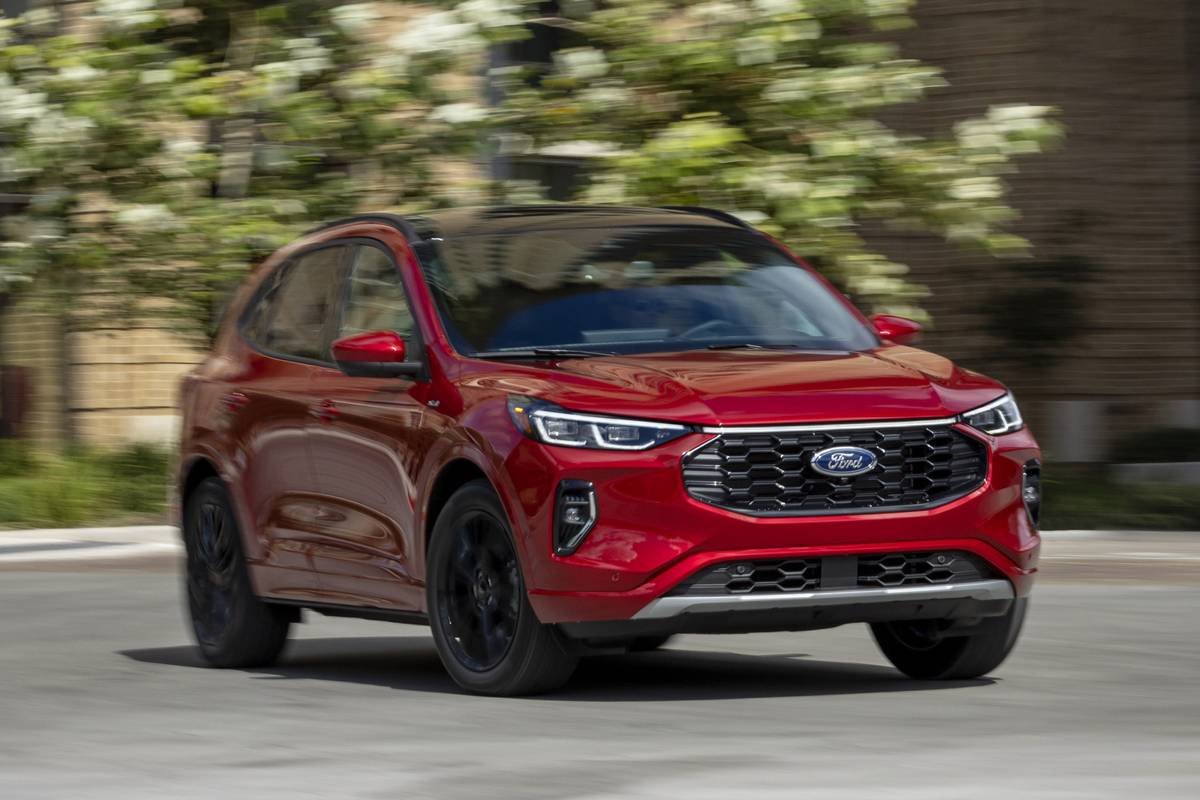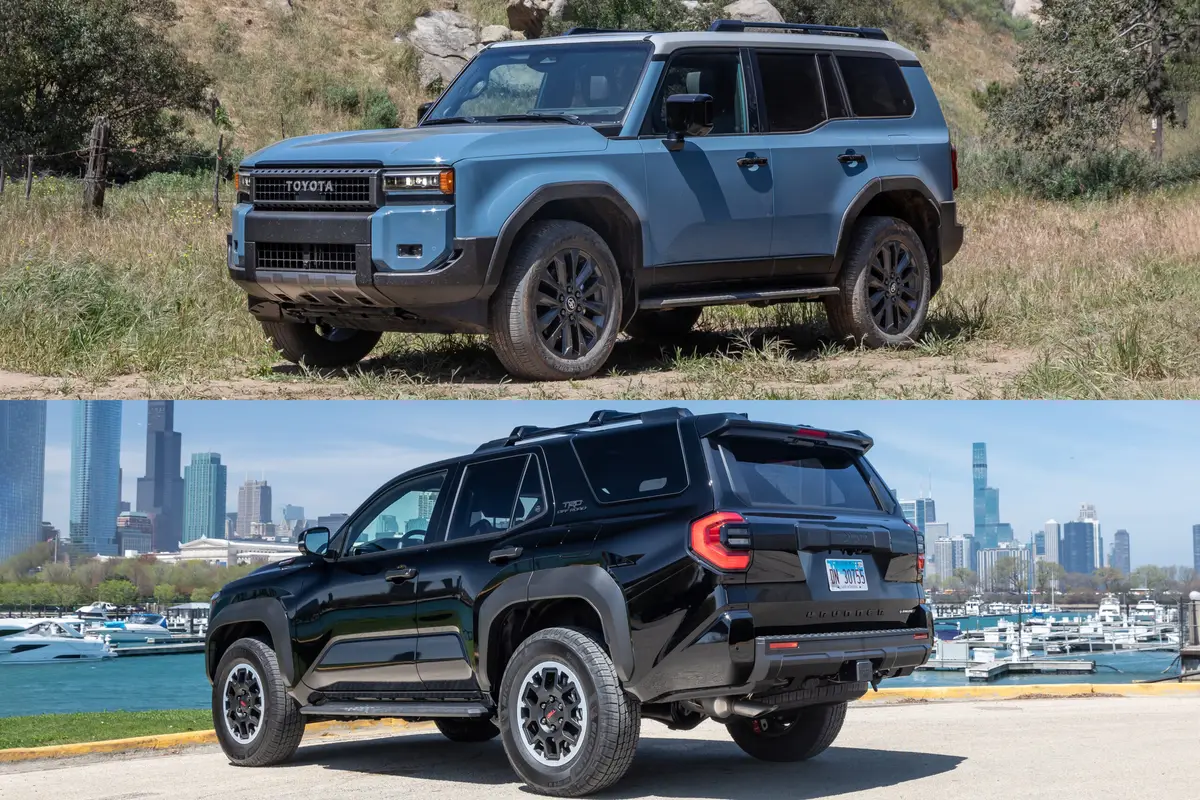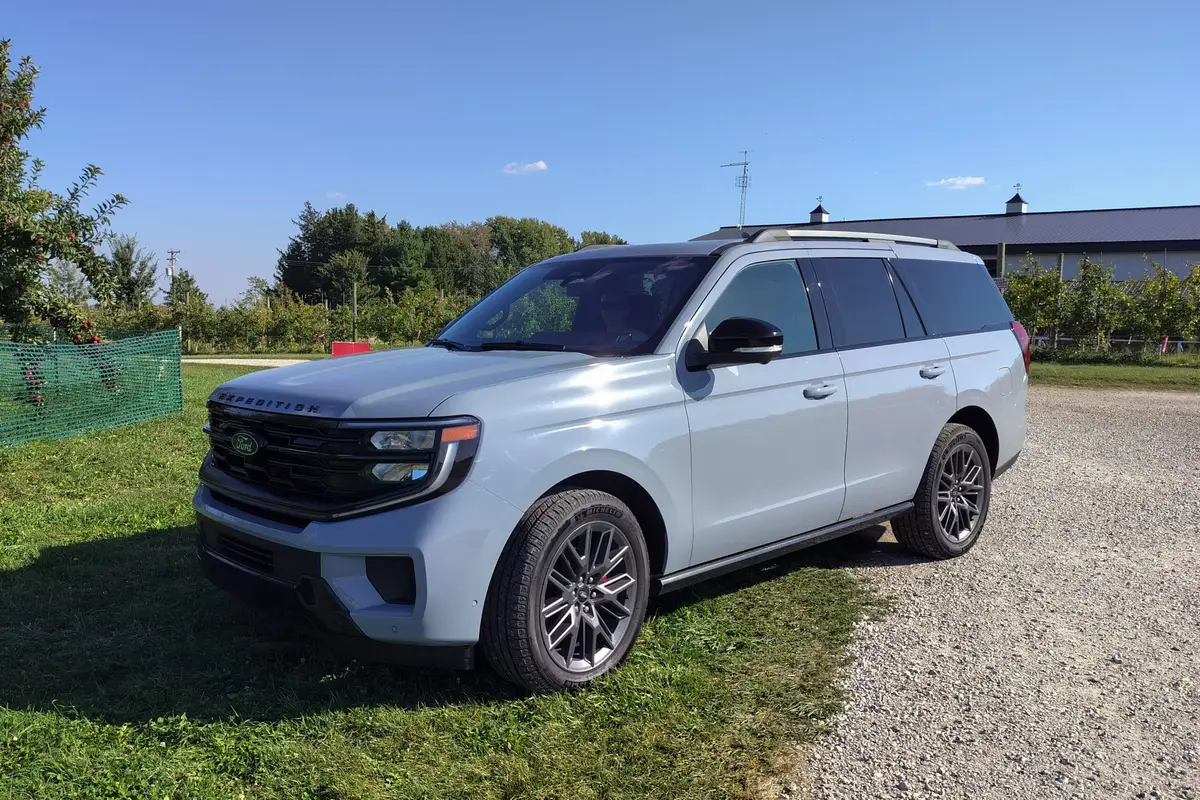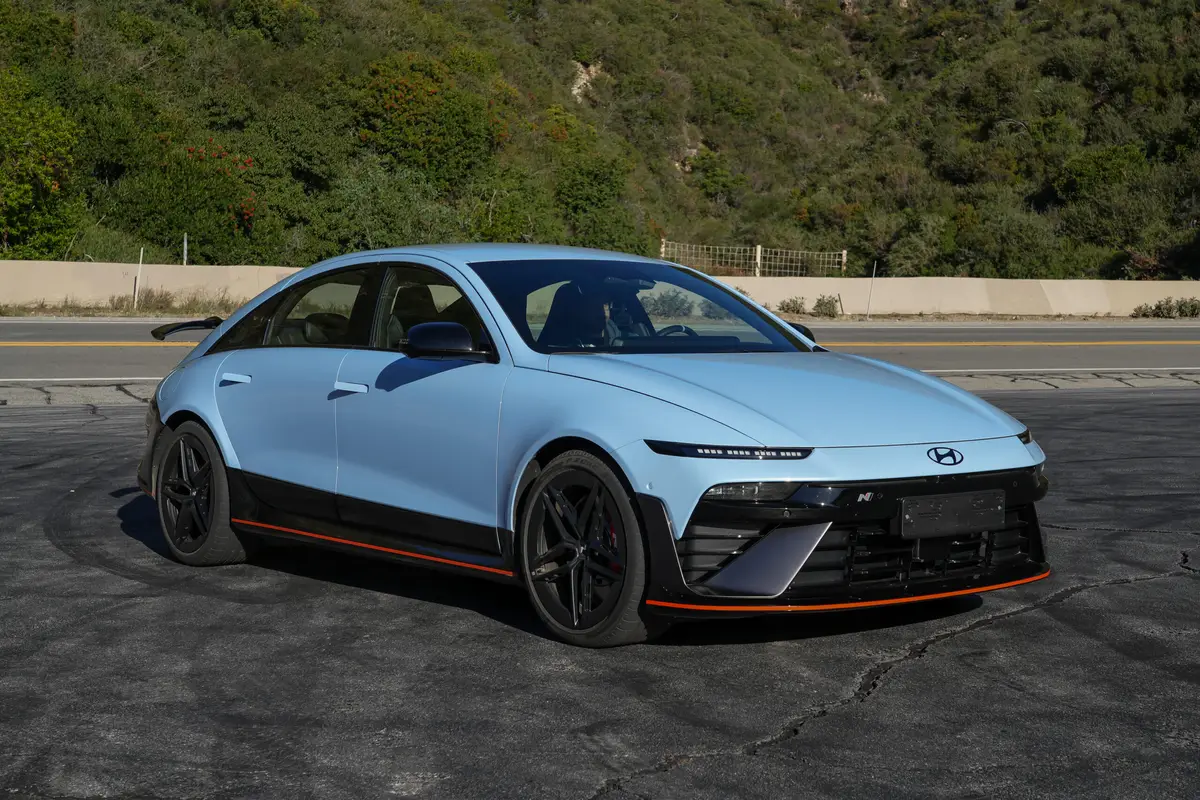Study: These Small SUVs Do Great Job of Keeping You From Backing Into Stuff


Backing into things can cause thousands of dollars in damage, which makes rear crash prevention technology all the more important. Backup cameras have been federally mandated since 2019, but cars offer a range of useful additional tech to prevent rear collisions ranging from warning beeps to reverse automatic emergency braking. Fortunately for the many shoppers looking for a small SUV, seven out of the eight SUVs tested in a recent Insurance Institute for Highway Safety study performed well in rear crash prevention tests.
Related: New IIHS Crash-Prevention Test Shows Gaps in Active Safety for Small SUVs
And the Winner Is … the Ford Escape
The SUVs tested were rated on a scale of superior, advanced or basic. Of those, the Ford Escape, Honda CR-V, Mitsubishi Outlander and Subaru Forester got the agency’s highest rating of superior, while the Mazda CX-5, Toyota RAV4 and Volkswagen Taos achieved the middle advanced rating. The Hyundai Tucson earned a basic rating. Ratings apply both to the 2023 and ‘24 model years.
IIHS tested these vehicles’ systems over 24 different runs performed at 4 mph that included a passenger vehicle approaching at different angles, plus an additional test using an offset bollard representing a pole or garage pillar. Unfortunately, a pedestrian dummy was not used as these systems are not designed to detect pedestrians (though some are capable of doing so).
Superior- and advanced-rated vehicles include reverse automatic emergency braking, which applies the brake when a potential rear collision is detected. All of the superior-rated vehicles slowed before hitting the obstacles positioned behind them. However, the SUVs with reverse automatic emergency braking struggled the most with cars that were positioned at an angle behind them, and the Escape was no exception: Though it was the real “winner” in the study, avoiding collisions in all but one of the 24 tests, its lone crash was with a vehicle positioned at a 10-degree angle behind it.
The Forester had the next best performance in the test, passing all of the tests without a collision except for when a vehicle was positioned at a 45-degree angle behind it. Both the CR-V and Outlander collided with the vehicle behind them when it was at a 45- and 10-degree angle. The CR-V also hit the bollard, although its braking system slowed it down significantly before the hit.
The reverse automatic emergency braking systems on the advanced-rated CX-5, RAV4 and Taos were successful in stopping before hitting the bollard placed behind them; however, they failed to slow down for cars placed at a 10-degree angle to their rear. The SUVs often failed to slow down for the car placed at the 45-degree angle behind them, as well.
Only the Tucson scored the lowest basic rating in the test. Basic-rated vehicles only give a warning for potential rear crashes, either through a rear cross-traffic alert or sensors that give a warning beep. This warning only sometimes went off as the SUV approached some of the obstacles.
More From Cars.com:
- Study: Most Automaker Partial Automation Driving Systems Need Improvements
- These 71 Cars Earned IIHS Top Safety Pick Awards Amid Tougher Criteria
- Which Cars Under $40,000 Have Earned IIHS Top Safety Pick and NHTSA 5-Star Awards?
- IIHS: Backseat-Passenger Safety Lacking in Some Mid-Size SUVs
- 2024 Mitsubishi Outlander, Outlander PHEV: New Platinum Edition, Free Maintenance for 2 Years
Why It Matters, By the Numbers
The numbers show that a rear collision avoidance system — especially a reverse automatic emergency braking system — is an option worth selecting when you buy a new car. While these low-speed whoopsies aren’t known for causing severe injuries to people, they do cause significant injuries to your bank balance: According to IIHS’ affiliated Highway Loss Data Institute, nearly 30% of collision claims in 2022 were for rear impacts that cost over $4,000. That makes optional reverse automatic emergency braking systems that can cost as little as $600 sound like a bargain. The Outlander’s superior-rated system is a bigger bargain, as its system is standard; rear collision avoidance systems were optional on every other small SUV in the test.
Reverse automatic emergency braking was only offered on 32% and only standard on 23% of model-year 2023 vehicles sold, IIHS says, so it’s good to see so many vehicles in such a popular category as small SUVs offer it. Many small SUVs have some catching up to perform in other areas, though, especially in evaluations designed to test cars’ ability to avoid rear-ending a vehicle in front of it.
Cars with reverse emergency braking had 29% fewer claims for damage to other vehicles and 9% fewer claims for damage on their own vehicles, per HLDI stats. An IIHS analysis of police reports showed that cars with the trifecta of rear cameras, parking sensors and reverse automatic emergency braking reduced the number of police reports filed for rear crashes by 78%; vehicles that only had rear cross-traffic alerts reduced reports filed for rear crashes by a mere 22%.
Related Video:
Cars.com’s Editorial department is your source for automotive news and reviews. In line with Cars.com’s long-standing ethics policy, editors and reviewers don’t accept gifts or free trips from automakers. The Editorial department is independent of Cars.com’s advertising, sales and sponsored content departments.

Former News Editor Stef Schrader joined Cars.com in 2024 but began her career in automotive journalism in 2013. She currently has a Porsche 944 and Volkswagen 411 that are racecars and a Mitsubishi Lancer GTS that isn’t a racecar (but sometimes goes on track anyway). Ask her about Fisher-Price Puffalumps.
Featured stories



